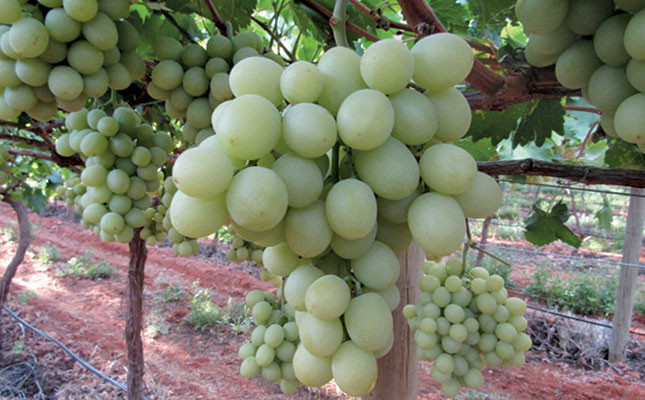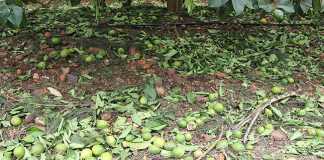
Photo: FW Archive
Despite efforts made by the South African table grape industry to attain a more diversified export market portfolio there has, since 2013, only been a 5% change in the market composition of table grape exports.
Attendees of a recent virtual table grape and dried grape information day, hosted by the South African Society for Enology and Viticulture, and the South African Table Grape Industry (SATI), heard that the EU and the UK markets still represented 75% of all table grape exports, while Africa and South East Asia accounted for 1% and 4% respectively, and the Far East and Middle East for 5% each during the 2019/2020 season.
However, the industry remained positive that recent work aimed at growing exports to countries in the Far East and Asia would lead to a significant expansion of market share for South African table grapes in these markets over the next five years.
Speaking during the event, Dr John Purchase, CEO of Agbiz, said even more effort should be made to expand South Africa’s export market share to other destinations, especially the Far East and Asia, where exports have been growing well, as well as the EU and the US.
“These regions each represent about 25% of the world economy,” Purchase said.
The Far East and Asia would also become increasingly important, as world economic power shifts from the west to the east, he added.
Willem Bestbier, CEO of SATI, said the South African table grape industry was well on track with growing and developing markets in the Far East and Asia. In November 2015, the industry unlocked access to Thailand, but exports were still subjected to very high tariffs. Access to China was unlocked in October 2016, with the region recently relaxing some of its cooling protocols.
Bestbier said tariffs on exports to China were “manageable”, but government was investigating the possibility of more favourable terms.
Access to Vietnam was secured in November 2019, with highly favourable cooling protocols, and Bestbier said he foresaw that access to South Korea and the Philippines would be unlocked by the 2021/2022 season, with the same favourable cooling protocols as for Vietnam.
SATI and the Western Cape Department of Agriculture had each committed R2 million to a three-year generic marketing campaign, primarily aimed at wholesalers and retailers in large cities, to further boost market development in China.
Over the past two seasons South Africa shipped between 3 million and 3,5 million cartons (4,5kg equivalents) of grapes to China, but Bestbier said the industry planned to export an additional 10 million cartons of grapes to China within the next five years.











